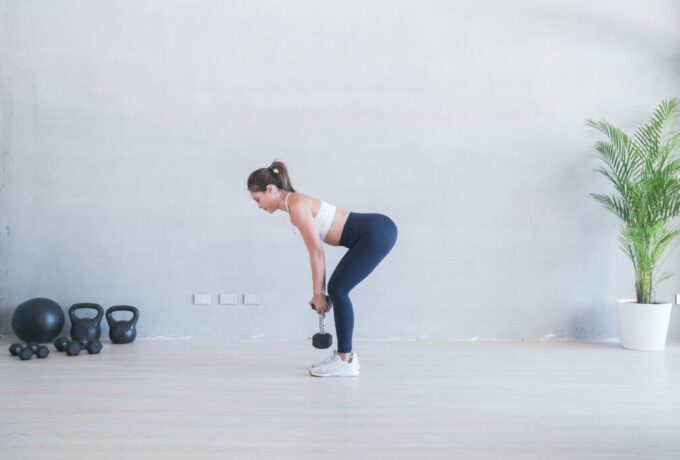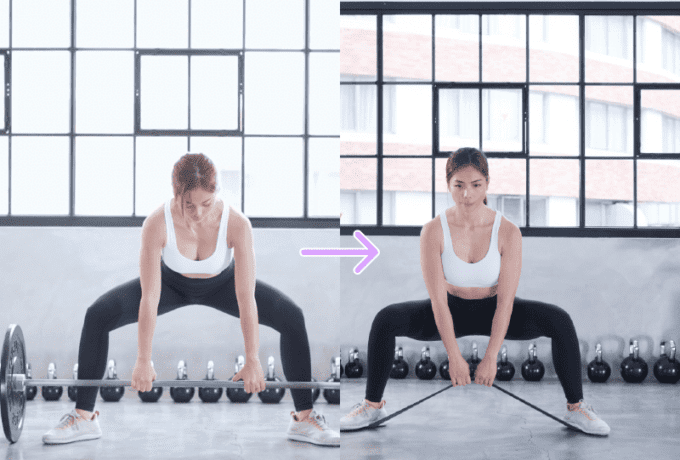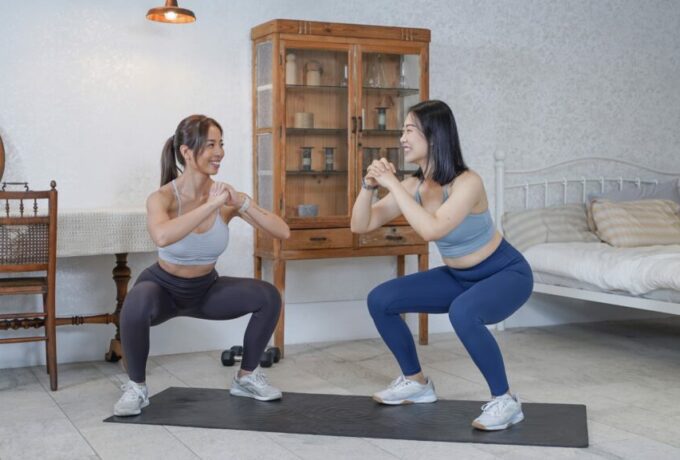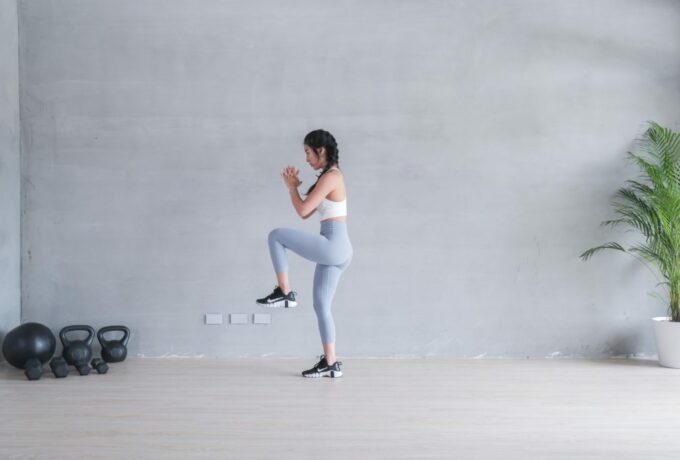To lose the weight you’ve gained throughout the years isn’t easy. May has a few suggestions for you if you’ve reached a weight loss plateau:
1. Familiarize yourself with the fundamentals of nutrition and caloric balance
Protein, carbohydrates, and fat are the main macronutrients sustaining your body. Each gram of protein or carbohydrate has 4 calories, while each gram of fat has 9 calories. For example, a piece of bread, half a bowl of rice, half a sweet potato or potato provide around 80 to 100 calories with 15 to 20 grams of carbs, 0 to 3 grams of protein, and little to no fat.
A medium apple or orange has around 60 calories, with 15 grams of carbs. A palm-sized piece of chicken breast is about 180 calories and has around 40 grams of protein. An egg is 60 calories with 6 grams of protein.
By having a basic understanding of nutrition, you’ll have the tools to make better food choices based on your goals. Instead of eating whatever you want, you’ll be more aware of what and how much you eat. You can experiment with different caloric intakes and macro ratios. Then, you can make adjustments depending on how your body changes relative to your weight loss plan. Usually, a proper meal should consist of vegetables, some carbs and a palm-sized amount of protein. If you want to count your macronutrients more precisely, you can use a scale to weigh your food and use the app MyFitnessPal to track your intake. You don’t have to track forever to lose weight; However, tracking your intake for a period of time will help you build a solid understanding of basic nutrition in the long term. This experience will also inform you about your metabolism and your body’s reaction to nutritional changes. The ideal caloric intake can vary greatly depending on your body type, age, and daily activity level.
I recommend using the TDEE calculator at https://tdeecalculator.net/ to first get an approximation of your ideal caloric intake. Start from that and experiment with different adjustments!
2. Avoid extreme diet and rapid weight loss
Medical guidelines have suggested that a 1% weight loss per week is safe and achievable. When your weight drops too fast, your body responds to the drastic weight loss by slowing down your metabolism. Rapid weight loss also results in a number of side effects, including hair loss, sagging skin, nausea, dizziness, irregular menstruation, hunger and increased appetite due to lack of leptin.
There was one time when I lost 7% of body fat within 2 months. I was restricting myself to an ultra-low-calorie diet and I was overtraining at the same time. My weight dropped, but it also brought about terrible side effects. Looking back, I definitely regret it. As of now, being healthy is my priority and there’s no shortcut to health. Weight loss should be a long-term goal and it should be achieved through sustainable lifestyle changes. Losing weight or improving your body composition requires patience and perseverance. Although weight loss or fat loss may be achieved in a few weeks or months, it is very likely that your body will bounce back to its original state once you break from extreme diets or exercise regimes. Sustainable weight loss needs to come from changes that you can adhere to. Your body weight will naturally drop as you take care of your body through a healthier lifestyle. Shoot for long-term changes, not immediate rewards.

3. Make sure you eat enough protein, not too many carbs, and mainly real food.
Why care about protein intake? Protein helps us retain and build muscle when combined with resistance training. Moreover, compared to carbohydrates, protein is more satiating. Protein stabilizes your blood sugar while reducing cravings.
So what kind of foods have protein? Plant protein sources include beans (soy bean and chickpea), grains (quinoa), nuts and seeds (almond, pumpkin seeds), mushrooms and some vegetables (spinach, broccoli). Animal protein typically comes from chicken, fish, egg, seafood, beef and pork.
If your goal is to lose weight, you need to control caloric intake and watch your macros. At least 30% of your caloric intake should come from protein. For example, if you are to consume 1500 calories to lose weight, you should have about 112 grams of protein per day.
Another way to determine your protein intake is to multiply your bodyweight by a factor of 1.75 to 2. For example, at 50kg, I need to consume at least 87.5 to 100 grams of protein a day.
100 grams of protein may seem like a lot, so I suggest you divide them into 3 different meals. You can eat 20 grams in the morning, 30 grams for lunch and 30 grams for dinner. Distributing your protein intake throughout the day is also advantageous for muscle protein synthesis.
Aside from protein, you should make sure to balance your diet with veggies and fruits that are rich in fiber, vitamins and minerals. The micronutrients in veggies and fruits are vital for your health in the long term.
4. Remember to exercise regularly
Our body is smart. It will slow down our metabolism when we reduce our caloric intake, so it’s not easy to continue losing weight after hitting a weight plateau. This is why exercising is necessary for weight loss. Exercising burns calories and contributes to building muscles that will help burn more calories. Exercising also increases our body’s insulin sensitivity. Insulin sensitivity is important to regulating our blood sugar and metabolism. Exercising is one of the easiest ways to reduce insulin resistance.
5. Drink more water
We all know that water is essential to the functioning of our body. In terms of weight loss, water is needed in the metabolic process of fats and other lipids. Water is also crucial to digestion and bowel movements. Moreover, we often misinterpret the feeling of thirst as cravings or hunger. We crave salty or sugary foods when we are dehydrated. I always drink a glass of water when I wake up in the morning since our body loses a lot of water from respiration overnight. I also like to drink a glass of water before each meal. Drinking water helps me differentiate thirst from hunger and reduces my cravings.
6. Stay active
If you are a housewife or you work 9 to 5, it might be difficult for you to make time for the gym. However, taking a 20-minute walk is better than nothing. Exercising is not limited to what you do in the gym. Try to incorporate more movements and active time in your daily routine. For example, set a goal to walk 10,000 steps in a day. Maybe take the steps rather than the elevator or do 50 air squats during your lunch break in the office. You can also take a walk or jog in the park in the morning or do leg raises while watching TV. These activities add up at the end of the day. Staying active throughout the day will help you burn more calories and stay healthy. Start with small changes and gradually incorporate more active time!









